NaTive American Reservations
The Navajo Nation is the largest of all the Native American Reservations in the United States. Learn how the Dine (Navajo) people live on one of many Native American Reservations in the United States.
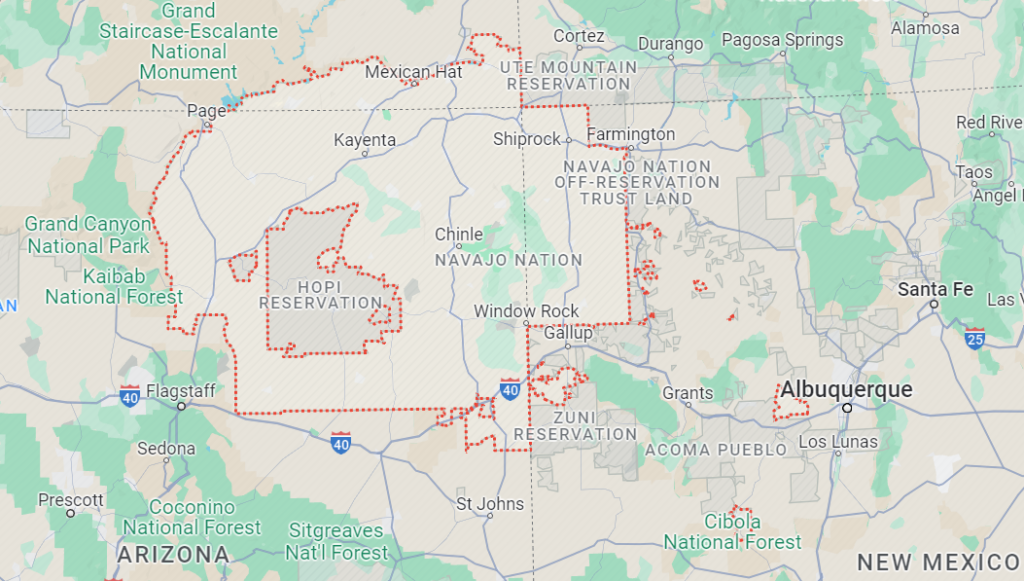
How The Navajo Nation Became One Of America’s Largest Reservations
Today, the Navajo Nation spans more than 27,000 square miles, making it the largest Native American reservation in the country. Navajo lands span the states of Arizona, New Mexico, and Utah in an area approximately the size of West Virginia. Additionally, the reservation has a population of about 250,000 people, comparable to the cities of St. Petersburg, FL & Jersey City, NJ.
Despite living on one of the largest Native American reservations in the United States, many in the Navajo community continue to grapple with the stark truth that their present territory is merely a small portion of the vast expanses they historically governed.
After the Mexican-American War ended in 1848, the United States government claimed control of Navajo ancestral lands. Years of tension and fighting between Navajo groups and the U.S. Army followed.
Then, in 1864, U.S. forces under the command of Major General James H. Carleton, guided by renowned mountain man Kit Carlson, launched a full-scale assault against the Navajo people. Ultimately, these actions would lead to what is today known as “The Long Walk,” the forced relocation of thousands of Navajo people in eastern Arizona and western New Mexico to Bosque Redondo, an internment camp in Fort Sumner, NM. After 4 years of imprisonment, famine, and misery, Navajo leaders signed the 1868 Treaty. This is one of the few instances where the U.S. government permitted a tribe to return to their traditional homeland.
In the aftermath of the tragic Long Walk and internment at Bosque Redondo, the previously fragmented Navajo tribe resolved to strengthen their identity as one Diné (Navajo) people. By uniting their sprawling territories, the Navajo people formed one of the largest Native American reservations in the United States today.
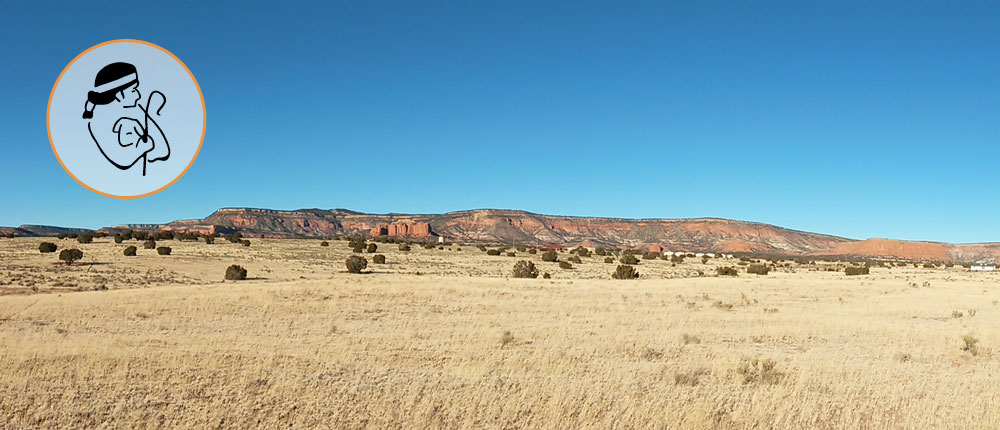
Life on Native American Reservations
Below is a list of issues plaguing many Native American Reservations, including the Navajo Nation:
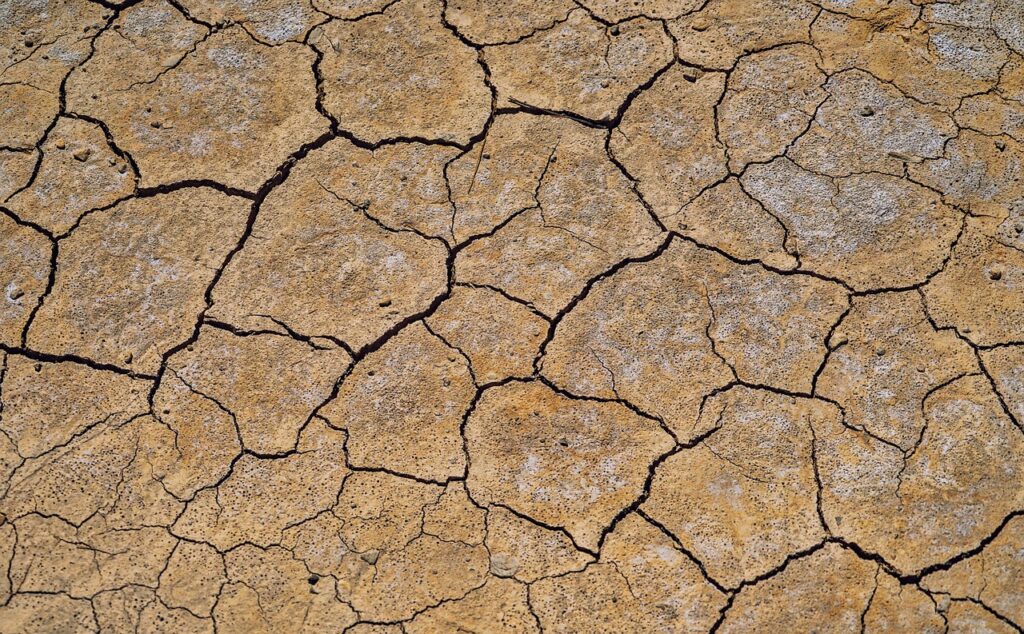
Water Scarcity
The Navajo Nation is situated in the American Southwest, one of the driest regions in the entire country. Due to the minimal annual rainfall, water scarcity plagues the entire region. The 1868 accord between the Navajo Nation and the U.S. government failed to secure explicit water rights for the Navajo people. This oversight now relegates them to a peripheral role in ongoing disputes, as states within the Colorado River basin wrangle over the allocation of the river’s precious waters – decisions that directly impact the Navajo community.
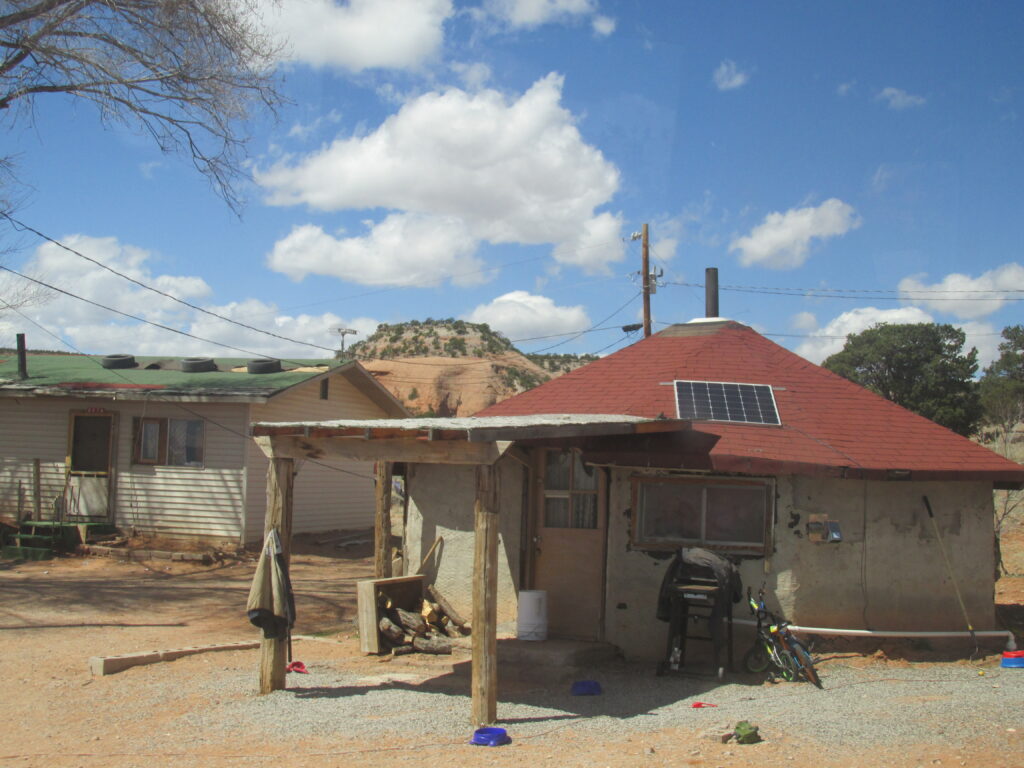
Poverty
According to Northwestern University’s Institute for Policy Research, 1 in 3 Native Americans live in poverty with a median household income of $23,000 / year. In addition, it’s becoming tougher for people on reservations to find long-term employment opportunities.
Since the U.S. Bureau of Labor Statistics started tracking unemployment data specific to American Indians and Alaska Natives, the unemployment rate has essentially consistently been double the standard U.S. Unemployment Rate.

Food Insecurity
When factoring in historically dwindling land resources, current water scarcity issues exacerbated by climate change and human water consumption, plus systemic poverty, it’s very clear to see why food insecurity is a massive issue on Native American reservations. According to the U.S. Census Bureau, 1 in 5 Native Americans are food insecure.
How St. Bonaventure Indian Mission Helps to Break the Cycle
For 50 years, St. Bonaventure Indian Mission has served the people of the Eastern Navajo Reservation with several valuable support services.
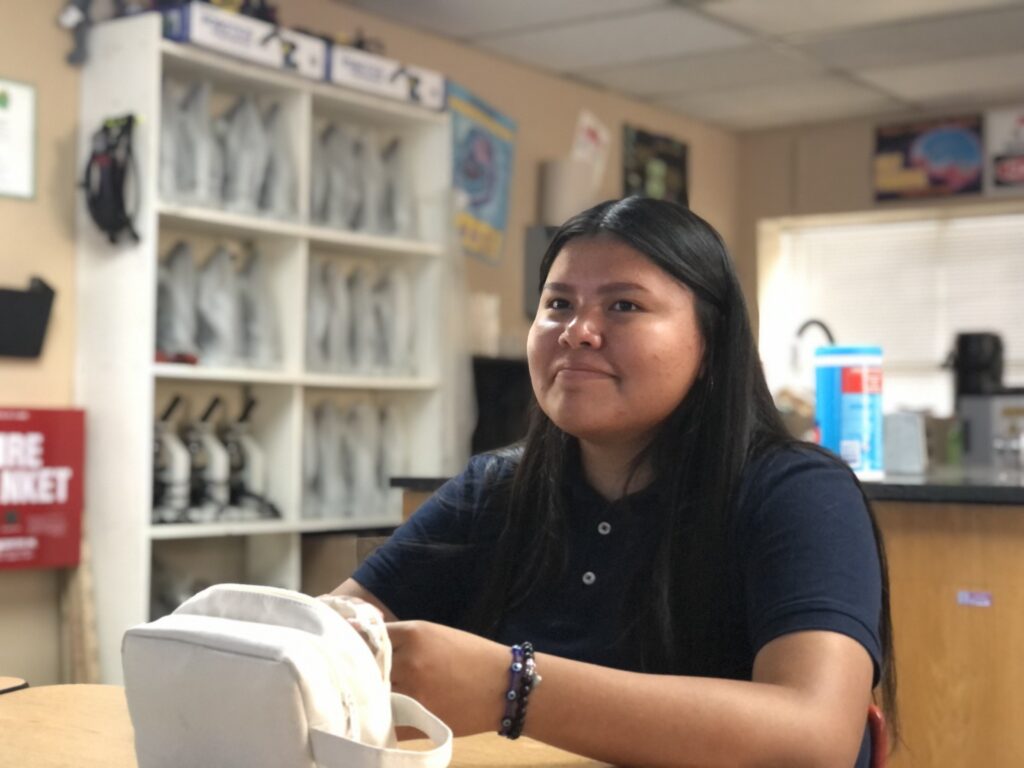
The School
St. Bonaventure Indian School is a tuition-free school serving 100+ PreK-8th Grade Diné students living in the area. Furthermore, a majority of these students live at, near, or below the poverty line. By respecting Navajo and traditional ways, educators in this Christ-centered environment bring the lessons of each world to the Navajo students for success in both.
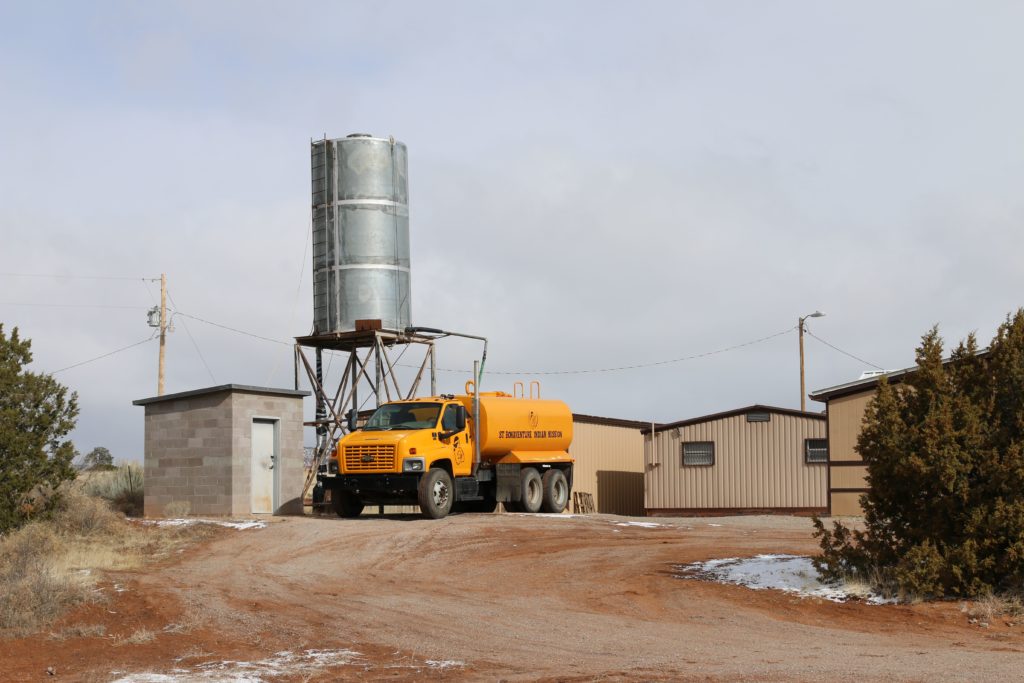
Water Delivery Services
St. Bonaventure Indian Mission has spent more than 20 years delivering water to isolated and impoverished Eastern Navajo Reservation homes. Our trucks have traveled about two million miles to make these deliveries happen. Additionally, in partnership with Dig Deep, we’re helping to transition homes on the reservation from 55-gallon water barrels to 1,200-gallon cistern tanks. As a result, water can last longer between deliveries.
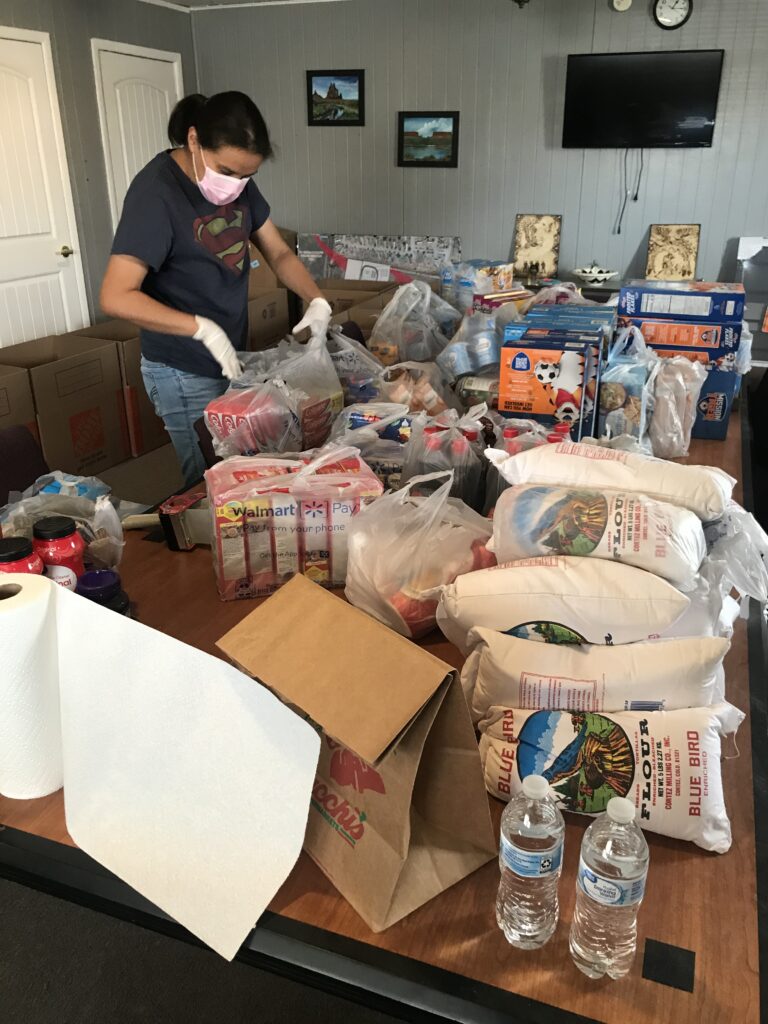
Meal Delivery & Home Visits
The Navajo Outreach workers of St. Bonaventure Indian Mission deliver meals, care items, clothes, heat sources, wheelchairs, and other supplies to people living in remote areas of the Eastern Navajo Reservation. Over 6,000 meals are prepared and delivered each year. Roads across the reservation are generally unpaved, quality can vary depending on weather, and can be unusable after heavy rains or even snow. As a result, this makes usage of 4-wheel drive vehicles on the reservation mandatory for the needs of our outreach staff.
How St. Bonaventure Indian Mission Helps to Break the Cycle
The kindness and generosity of benefactors like you sustain the work of St. Bonaventure Indian Mission and School. Yet, there remain thousands on the reservation who are in dire need of our assistance. Your generous gift today ensures St. Bonaventure can help the people of the Eastern Navajo Reservation break their generational cycle of poverty, secure the living conditions they need, and thrive. Please give a gift in support of our Navajo brothers and sisters today.
Sources:
- https://www.ihs.gov/navajo/navajonation/#:~:text=The%20Navajo%20Nation%20is%20the,the%20state%20of%20West%20Virginia
- https://theconversation.com/supreme-court-rules-the-us-is-not-required-to-ensure-access-to-water-for-the-navajo-nation-202588
- https://www.ipr.northwestern.edu/news/2020/redbird-what-drives-native-american-poverty.html
- https://www.bls.gov/blog/2022/bls-now-publishing-monthly-data-for-american-indians-and-alaska-natives.htm

